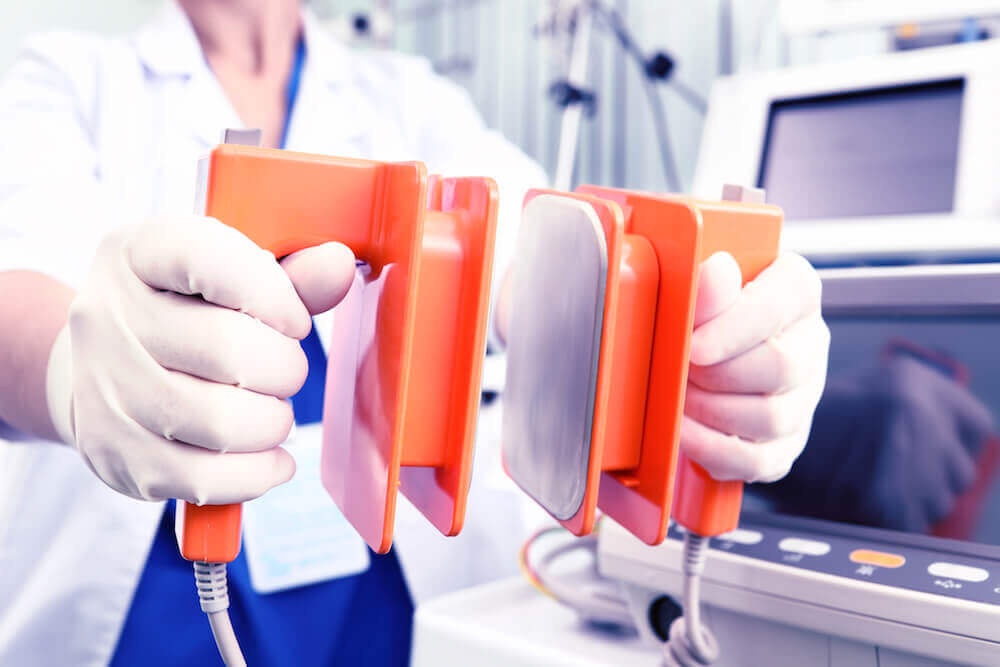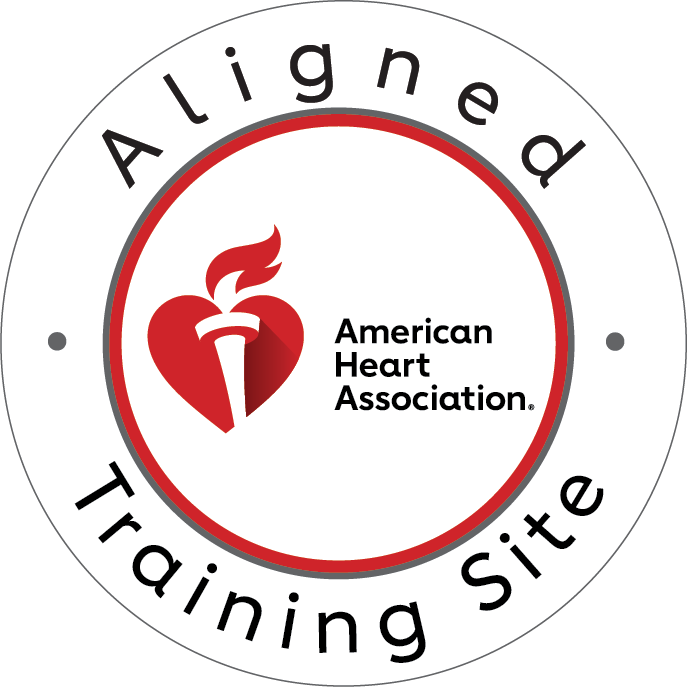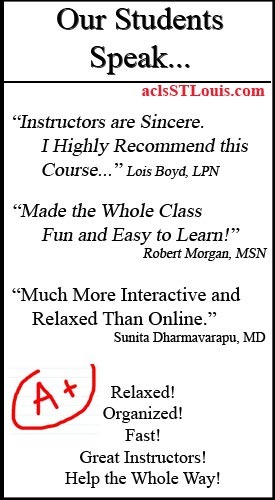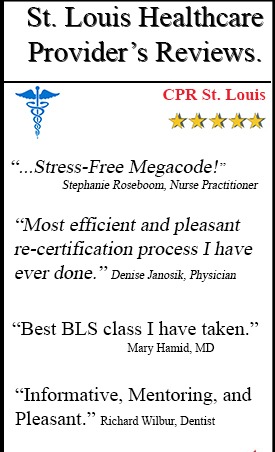When seconds count in a cardiac emergency, Automated External Defibrillators (AEDs) stand as critical tools that can mean the difference between life and death. These portable electronic devices have revolutionized emergency response, making it possible for bystanders to provide life-saving intervention before medical professionals arrive. This article explores the importance of AEDs, how they function, and why they are essential companions to CPR in emergencies.

What is an AED?
An Automated External Defibrillator, or AED, is a lightweight, portable device designed to deliver an electric shock to the heart during sudden cardiac arrest. This medical emergency occurs when the heart suddenly stops beating effectively, preventing blood flow to vital organs. Unlike a heart attack, which happens when blood flow to a part of the heart is blocked, cardiac arrest is an electrical problem where the heart’s rhythm becomes dangerously irregular or stops completely.
AEDs are specifically engineered to be user-friendly, allowing even those without medical training to provide potentially life-saving assistance. These devices analyze the heart’s rhythm automatically and, if necessary, deliver an electric shock to restore normal function. Modern AEDs incorporate sophisticated technology that guides users through each step of the process with clear voice prompts and visual instructions.
The significance of AEDs in public health cannot be overstated. According to the American Heart Association, survival rates from sudden cardiac arrest can double or triple when an AED is used within the first few minutes of collapse. This dramatic improvement in outcomes has led to the widespread placement of AEDs in public spaces such as airports, shopping centers, sports facilities, schools, and office buildings.
What Does AED Stand For?
Breaking down the acronym AED helps understand the device’s function:
A – Automated: The device operates with minimal human intervention, automatically analyzing the heart rhythm and determining if a shock is needed.
E – External: Unlike implantable defibrillators that are surgically placed inside the body, AEDs are applied externally to the patient’s chest.
D – Defibrillator: The term refers to the device’s primary function of stopping fibrillation—a rapid, irregular, and ineffective contraction of the heart—by delivering a controlled electric shock.
The term “automated” is particularly important because it distinguishes these devices from manual defibrillators used by healthcare professionals, which require specialized training to interpret heart rhythms. The automated nature of AEDs makes them accessible to lay rescuers, expanding the network of potential lifesavers in any community.
How to Use an AED
Using an AED effectively requires following a specific sequence of actions. While different models may vary slightly in design, the fundamental steps remain consistent:
1. Recognize the Emergency and Call for Help
Before using an AED, confirm that the person is unresponsive, not breathing normally, and has no pulse. Immediately call emergency services (911) and request an ambulance. If possible, have someone else make this call while you begin the rescue process.
2. Retrieve and Prepare the AED
Locate the nearest AED. These devices are typically housed in visible, accessible cabinets marked with clear signage. Once retrieved:
- Place the AED near the victim’s head for easy access
- Turn on the device by pressing the power button
- Remove any clothing covering the person’s chest
- Ensure the chest is dry, as moisture can interfere with the shock
3. Attach the AED Pads
The AED kit contains adhesive electrode pads with diagrams showing correct placement:
- Peel the backing from one pad and place it on the upper right side of the person’s bare chest
- Peel the backing from the second pad and place it on the lower left side of the chest
- Press firmly to ensure good contact with the skin
4. Let the AED Analyze the Heart Rhythm
Once the pads are attached:
- The AED will automatically begin analyzing the heart rhythm
- Ensure no one is touching the victim during analysis
- Listen carefully to the voice prompts from the device
5. Deliver a Shock if Advised
If the AED determines a shock is needed:
- The device will charge automatically
- A voice prompt will instruct you to press the shock button
- Ensure everyone is clear of the victim by announcing “Clear!” and visually checking
- Press the shock button as directed
6. Continue CPR
After the shock is delivered (or if no shock is advised):
- Immediately begin CPR, starting with chest compressions
- Follow the AED’s prompts for when to pause CPR for additional rhythm analysis
- Continue this cycle until emergency medical services arrive
7. Transfer Care to Medical Professionals
When emergency responders arrive:
- Provide them with information about the victim and actions taken
- Report how many shocks were delivered, if any
- Keep the AED attached unless instructed otherwise
Understanding these steps is crucial, but nothing replaces hands-on training. Professional instruction, such as that provided through certified CPR and AED courses, builds confidence and competence that can be invaluable during a real emergency.
Why AEDs Are Critical Companions to CPR
The integration of AEDs with CPR represents one of the most significant advances in emergency cardiac care. While CPR maintains blood circulation to vital organs, it alone cannot restart a heart that has stopped or correct an abnormal rhythm. This is where the AED becomes essential.
Complementary Life-Saving Functions
CPR and AEDs work together in a symbiotic relationship during cardiac emergencies:
CPR provides temporary artificial circulation, delivering oxygen-rich blood to the brain and other vital organs. This buys precious time by preventing immediate death from oxygen deprivation. However, CPR cannot restore a normal heart rhythm.
The AED addresses the root cause of cardiac arrest by delivering a controlled electric shock that essentially “resets” the heart’s electrical system. This can allow the heart to resume its normal rhythm and effective pumping action.
Research has conclusively demonstrated that the combination of prompt CPR and early defibrillation offers the best chance of survival from sudden cardiac arrest. For every minute that passes without CPR and defibrillation, the chance of survival decreases by 7-10%. After 10 minutes without treatment, survival is rare.
The Critical Timing Factor
Time is the most critical factor in cardiac arrest survival. The human brain begins to suffer irreversible damage after just 4-6 minutes without oxygen. This narrow window underscores why having AEDs readily available in public spaces is so vital.
Communities with comprehensive AED programs that include citizen training have achieved survival rates as high as 40% for witnessed cardiac arrests—a dramatic improvement over the national average of about 10%. This statistic powerfully illustrates why AEDs have become standard equipment in many public settings.
AEDs in Various Settings
The deployment of AEDs across different environments reflects their recognized importance:
Workplaces: Many companies now include AEDs as part of their first aid preparedness, particularly in locations with large numbers of employees or visitors.
Schools and Universities: Educational institutions increasingly recognize the value of having AEDs available for students, staff, and visitors, especially in athletic facilities.
Sports Venues: High-profile cases of athletes experiencing cardiac arrest have highlighted the importance of immediate AED access in sporting environments.
Transportation Hubs: Airports, train stations, and bus terminals typically maintain multiple AEDs due to high passenger volume.
Senior Living Communities: Given the higher incidence of heart problems among older adults, retirement communities and nursing homes often prioritize AED availability.
Modern AED Features and Innovations
Today’s AEDs incorporate numerous technological advancements that enhance their effectiveness and ease of use:
User-Friendly Design
Contemporary AEDs feature intuitive interfaces with clear visual and audio guidance. Many include illuminated buttons, simple graphics, and step-by-step voice instructions in multiple languages. Some devices even provide real-time feedback on the quality of chest compressions during CPR.
Advanced Analysis Capabilities
Modern AEDs employ sophisticated algorithms to analyze heart rhythms with remarkable accuracy. These systems can filter out background noise and movement artifacts, reducing the risk of inappropriate shocks or missed treatment opportunities.
Pediatric Capabilities
Many current AEDs include special features for treating children, such as pediatric electrode pads or mode switches that adjust energy levels appropriately for smaller bodies. This versatility ensures that responders can confidently assist victims of all ages.
Self-Diagnostic Systems
To ensure readiness in an emergency, today’s AEDs perform regular self-tests of critical components, including battery charge, internal circuitry, and pad expiration dates. Visual or audible alerts signal when maintenance is required, providing peace of mind that the device will function when needed.
Data Recording and Transfer
Advanced AEDs can record detailed information about a rescue event, including heart rhythm data, shock delivery times, and even audio recordings of the scene. This information can be invaluable for subsequent medical treatment and quality improvement efforts.
Legal and Regulatory Considerations for AED Use
The legal framework surrounding AED use has evolved to encourage wider deployment and use:
Good Samaritan Laws
All 50 states have enacted Good Samaritan legislation that provides legal protection for lay rescuers who use AEDs in good faith during emergencies. These laws have been instrumental in alleviating liability concerns that might otherwise discourage intervention.
AED Program Requirements
Many jurisdictions have established specific requirements for AED programs, including proper maintenance, regular testing, and oversight by a licensed physician. Organizations implementing AED programs should be familiar with local regulations.
Notification of Emergency Services
Some states require that local emergency services be notified when an AED is installed in a public location. This information helps emergency dispatchers guide callers to the nearest device during an emergency.
Training Recommendations
While not legally required in all areas, formal training in AED use is strongly recommended. Certified courses provide hands-on practice with AED simulators and teach participants to integrate defibrillation with CPR effectively.
The Future of AED Technology
As technology continues to advance, the next generation of AEDs promises even greater effectiveness and accessibility:
Smaller, More Portable Designs
Manufacturers are developing increasingly compact and lightweight AEDs that can be carried in briefcases, backpacks, or even large purses, expanding their availability beyond fixed locations.
Connected Devices
Emerging AEDs feature wireless connectivity that can automatically alert emergency services when the device is activated, transmit the victim’s location via GPS, and even send real-time ECG data to hospitals before the ambulance arrives.
Wearable Technology
Research is underway on wearable defibrillator vests for high-risk individuals who do not qualify for implantable devices. These systems continuously monitor heart rhythm and deliver treatment automatically if needed.
Public Access Enhancement
Innovative approaches to public access include AED drones that can rapidly deliver devices to emergency scenes and smartphone apps that map all registered AEDs in an area, helping bystanders locate the nearest unit quickly.
Conclusion: The Vital Importance of AED Awareness
AEDs represent a remarkable convergence of advanced medical technology and user-friendly design, empowering ordinary citizens to save lives. Their growing presence in public spaces reflects a societal commitment to improving cardiac arrest outcomes through early intervention.
However, the mere presence of these devices is not enough. Public awareness, education, and willingness to act are essential to any successful AED program. Every individual should know how to recognize cardiac arrest, activate emergency services, perform CPR, and use an AED—knowledge that may one day make the difference between life and death for someone in their community.
As AED technology continues to evolve and deployment expands, we can look forward to a future where sudden cardiac arrest no longer claims so many lives prematurely. By embracing these life-saving devices and the knowledge needed to use them effectively, we take an important step toward creating safer communities for everyone.
Get Certified Today
Don’t wait for an emergency to wish you knew how to save a life. CPR St. Louis offers comprehensive American Heart Association-certified training in AED use, CPR, and first aid. Our hands-on, stress-free courses provide you with the confidence and skills needed to respond effectively in an emergency.
Whether you need BLS certification in St. Louis for healthcare career requirements or CPR certification in St. Louis for personal preparedness, our experienced instructors make learning these critical skills accessible and engaging. Join the thousands of St. Louis residents who have chosen CPR St. Louis for their certification needs.
Contact CPR St. Louis today to schedule your training session and become part of the life-saving network in our community. Remember: The right skills, at the right time, can save a life.





